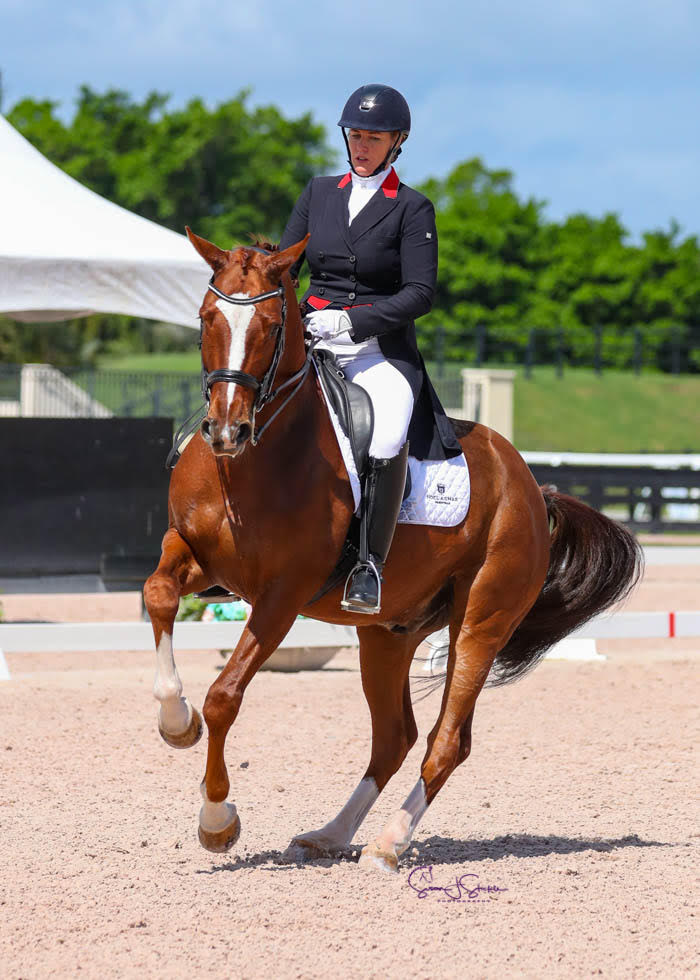
Dressage is most commonly translated to mean “training”. It is a competitive equestrian sport, defined by the International Federation Equestrian (FEI) as “the highest expression of horse training”, where “horse and rider are expected to perform from memory a series of predetermined movements.” Competitions are held at all levels from amateur to the Olympic Games. Its fundamental purpose is to develop, through standardized progressive training methods, a horse’s natural athletic ability and willingness to perform, thereby maximizing its potential as a riding Horse. At the peak of a dressage horse’s gymnastic development, the horse will respond smoothly to a skilled rider’s commands. The rider will be relaxed and appear effort-free while the horse willingly performs the requested movement.
In modern dressage competition, successful training at the various levels is demonstrated through the performance of “tests”, a prescribed series of movements ridden within a standard arena. Judges evaluate each movement on the basis of an objective standard appropriate to the level of the test and assign each movement a score from zero to ten– zero being “not executed” and 10 being “excellent”. A score of 9 is very good and is a high mark, while a competitor achieving all 6s (or 60% overall) should be considering moving on to the next level.
